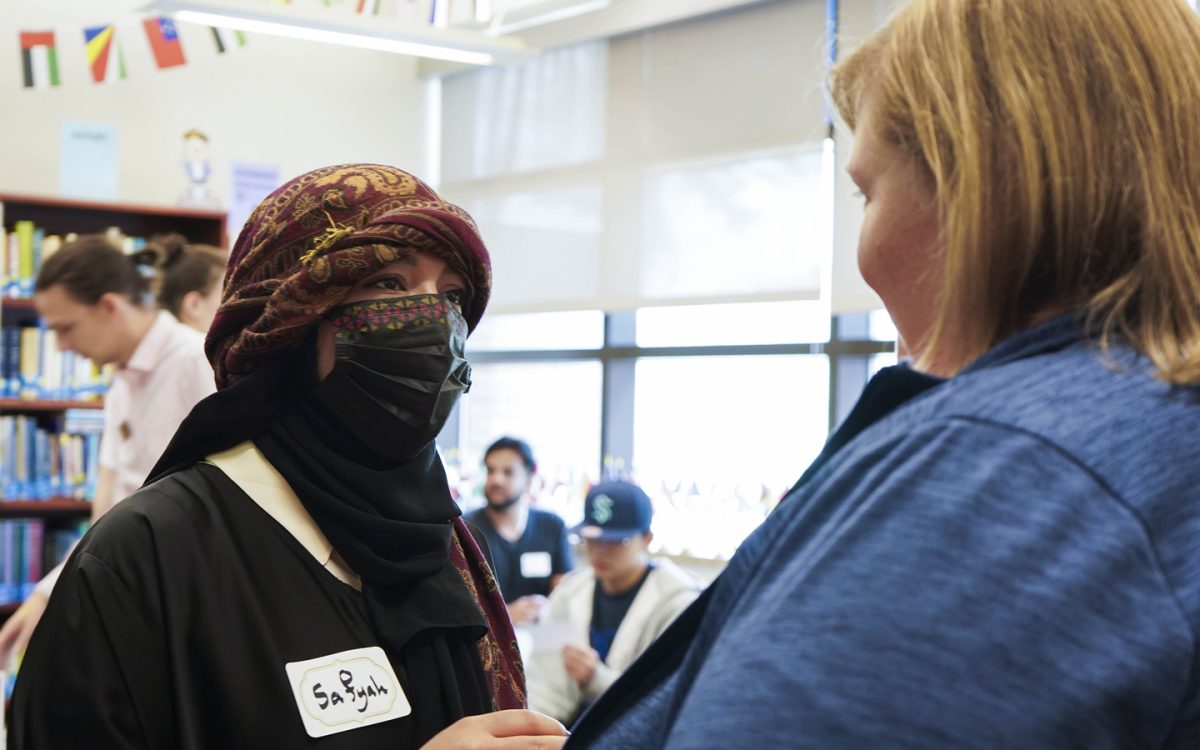Medical men-at-arms
March 26, 2020
As panic threatens to consume the world and as the war against COVID-19 continues to rage on, we must ask ourselves one important philosophical question: Who is our first line of defense against this invisible enemy?
Though many might disagree, our frontline is not the government officials debating about potential actions to be taken or the news anchors constantly providing updated infection and death tolls that invoke more fear and panic. No, the strongest and most courageous members of our army are the steadfast and silent medical professionals – the physicians and nurses, risking their own health and their families’ well-being as they test for suspected cases and attempt to treat the ailing confirmed.
There are many similarities between our medical men-at-arms and traveling troops. One similarity is protective equipment –gowns, gloves and respiration devices that professionals are required, per the Occupational Safety and Health Administration (OSHA), to wear in the presence of highly infectious microorganisms, like the Coronavirus, in order to protect themselves and others from contagion. Another parallel between these two groups is a massive shortage of the necessary gear required to carry out their duties.
According to the Centers for Disease Control (CDC), “[the] spread is thought to occur mainly via respiratory droplets produced when an infected person coughs or sneezes, similar to influenza and other respiratory pathogens” This can put workers at the highest risk as the Coronavirus test entails swabbing the subject’s throat and sending the sample in for lab testing, thus violating the public’s encouraged practice of ‘social distancing’ and ‘self-quarantining.’
Alas, these soldiers don’t have much choice if we’re to achieve the goal of containing the virus and preventing further contamination.
The CDC recommends that provides wear gloves, gowns and preferably what’s called an N95 respirator. They are given this name because of their ability to filter out 95 percent of air particles that contain possible pathogens.
Due to mass panic and easy access, these masks are becoming increasingly challenging to find, though the CDC says they do not recommend the routine use of respirators outside of workplace settings in the community and the public can take everyday preventive actions to prevent the spread such as avoiding people who are sick, avoiding touching the eyes or nose, and covering a cough or sneeze with a tissue.
People who are sick should stay home and not go into crowded public places. Due to the shortage, healthcare workers are being forced to use surgical masks, which aren’t able to filter out pathogens and, in some cases, they are being asked to reuse them instead of using a fresh pair each time as recommended.
Perhaps the most influential point in this argument is how rapidly nosocomial (hospital-acquired) infections can spread. According to the World Health Organization (WHO), “Of every 100 hospitalized patients at any given time, 7 in developed and 10 in developing countries will acquire at least one healthcare-associated infection.”
Though we do not know the rate of transmission for COVID-19, this statistic can provide a reasonable argument that preventing its spread in the healthcare setting via caregivers is imperative to contain the virus as a whole.
As frightening as this pandemic is portrayed to be in the media, it’s important to remember to look for and look after our helpers too.
If we do that and follow the guidelines set specifically for the public, then together, we can beat the virus.








